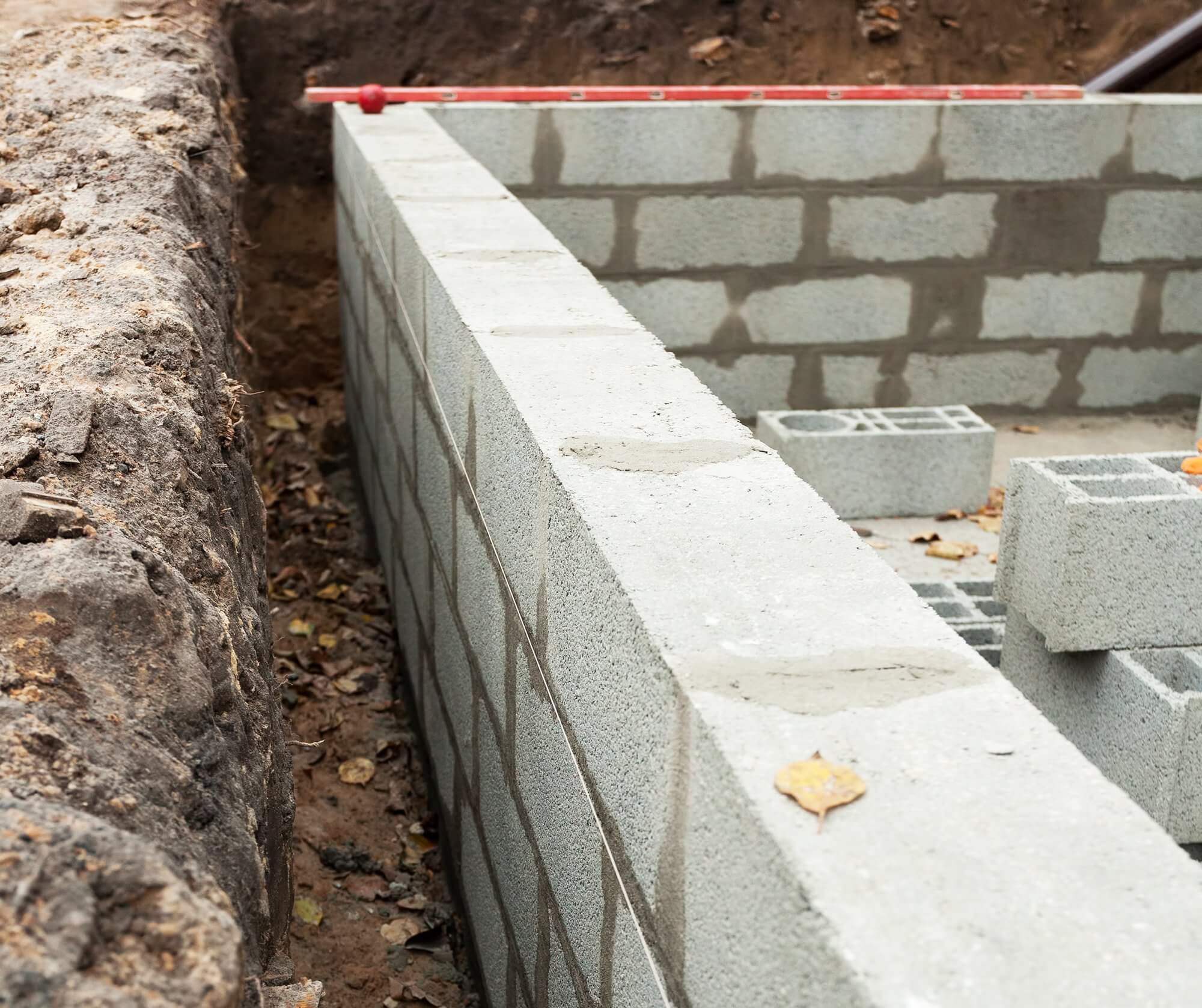

If you are installing in-floor radiant heating, be sure to have it designed by engineer to properly locate the heating delivery system so as not to affect the structural integrity of the slab.įirst the formed edge pieces are laid in place, the corners need to be squared and secured in their location.
#Rockwool insulation floating foundation install
Install raft slab insulation forms, interior floor insulation and reinforcement mesh as per engineering specifications.As all plumbing work will be embedded in concrete, the accuracy of location, drain height and proper sloping of drains is essential. Note: We would strongly recommend seeking a plumber with experience in slab-on-grade construction. Install all sub-slab plumbing, electrical conduits and radon gas evacuation tubes.Install pins where the corners of the building will be.Lay down 6 inches of levelled clean stone, two feet out from the building perimeter.If the site is sloped at all, bring it up to level with 0-2.5 inch compactable fill, being sure to compact it with a plate packer at the required intervals.If there are large holes where tree roots have been removed, they can be filled with aggregate and compacted.Build a retaining wall if necessary to create a level building surface.Remove the approximately 6 inches of organic material, two feet beyond where the building footprint will be.

You may or may not have success in finding an engineer experienced in raft slab design, alternatively you can look into companies that specialize in custom designed prefabricated ICF slab on grade form kits. Given its more robust design, it is also less prone to movement and cracking than buildings that bear on a footing. The risk of encountering poor soil quality at the depth of traditional foundations is also avoided, so a raft slab on any site can avoid possible costly surprises once excavation has begun. This will often be the most affordable (and possibly only) option for building on sites with particularly unsuitable soil conditions. Even with an averaged-sized house, such costs can sometimes climb into the tens of thousands of dollars and possibly stop a building project in its tracks. The typical soil bearing requirements for a thickened edge footing are 150 kpa (3,000psf), where a raft slab may be able to sit on soil with one third of that bearing capacity, or even less with additional engineering measures. For this reason, they can often be built on soil that could not support other types of structures. Drain placement for slab on grade with high water table Drain placing with gravel and geotextile under a slab on grade foundation Placing gravel for draining slab on grade with high water tableĪ raft slab acts a bit like a snowshoe in the way it distributes weight evenly over a larger surface.

The photos below are images of drainage measures that were required to support a thickened-edge footing slab-on-grade floor on a site with a high water table. It is engineered to distribute the load evenly over the entire building surface.īuilding sites with poor soil conditions (disturbed soil, expansive soils, low-bearing capacity, high water tables, etc.) may require significant investment in drainage, soil replacement and compaction before an engineer will approve a project. Opting for a raft slab in such conditions can be a much cheaper option.Ī raft slab is a frost-protected shallow foundation, or slab-on-grade, that does not include the standard thickened-edge footing on which the entire load of the house bears.

The soil conditions of some building sites are not suitable for a slab-on-grade foundation with a thickened-edge footing without first beginning with extensive and costly soil remediation.


 0 kommentar(er)
0 kommentar(er)
